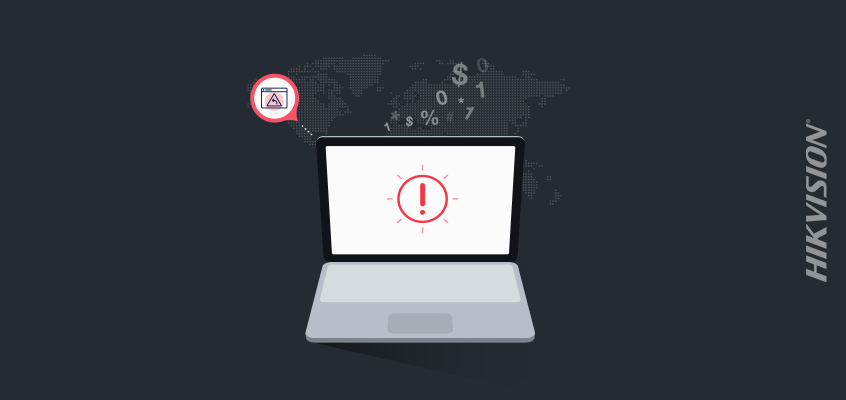Part 2: Hikvision Senior Director of Cybersecurity on Examples of Pharming—A Malicious Hacking Attack—and Tips to Avoid Becoming a Victim

In yesterday’s blog, Hikvision senior director of cybersecurity, Chuck Davis, overviewed pharming, a malicious hacking attack.
As a refresher, pharming is a type of cyberattack that redirects a website’s traffic to a malicious site that appears to be the real site. Pharming is used frequently in phishing attacks to trick a victim into sharing login credentials, banking information, or other sensitive data with the attacker.
Below, we provide examples of pharming attacks to help you identify malicious hackers in advance.
Examples of Pharming
Looking for visual examples of pharming is difficult because shown side-by-side, many real websites and malicious websites will look exactly the same. However, Norton shared a short list of pharming attack examples that I have added below.
- Example One: A real-world example of pharming was reported by Symantec in 2008 with the first case of a “drive-by” pharming attack on a Mexican bank. In this case, hackers changed the DNS settings on a customer’s unsecure, home-based broadband router via an email that appeared to be from a legitimate Spanish-language greeting card company. The malicious code in the email changed the user’s router to redirect their web browser to the attacker’s fake, fraudulent bank site.
- Example Two: Another example of a more sophisticated pharming attack occurred in 2017, when more than 50 financial institutions found themselves to be the recipients of a pharming attack that exploited a Microsoft vulnerability, creating fraudulent websites that mimicked the bank sites targeted. The victims—online customers in the United States, Europe and Asia-Pacific—were lured to a website with malicious code that then downloaded a Trojan along with five files from a Russian server.
Learning about pharming can help you identify and potentially protect yourself against this cyberattack. See below for tips to boost your cybersecurity.
Tips to Avoid Becoming a Victim to Pharming, Ways to Boost Security
Below are several tips that will help you boost cybersecurity:
- Enable multi-factor authentication (MFA) wherever it is available. This way if you do get tricked into sharing your credentials, the attacker would not be able to log into your real account.
- Look for HTTPS in the destination website. While this is not a fool-proof method, seeing a major site using HTTP is a definite red flag these days.
- Keep your router up to date. If your router doesn’t have automatic updates, consider replacing it with a new router that does update automatically
- Change the DNS settings on your router and devices to an alternate, encrypted DNS such as Cloudflare's 1.1.1.1, IBM's 9.9.9.9, and Google DNS.
- Follow standard anti-phishing recommendations.
For more Hikvision tips, visit the cybersecurity section of our blog.
